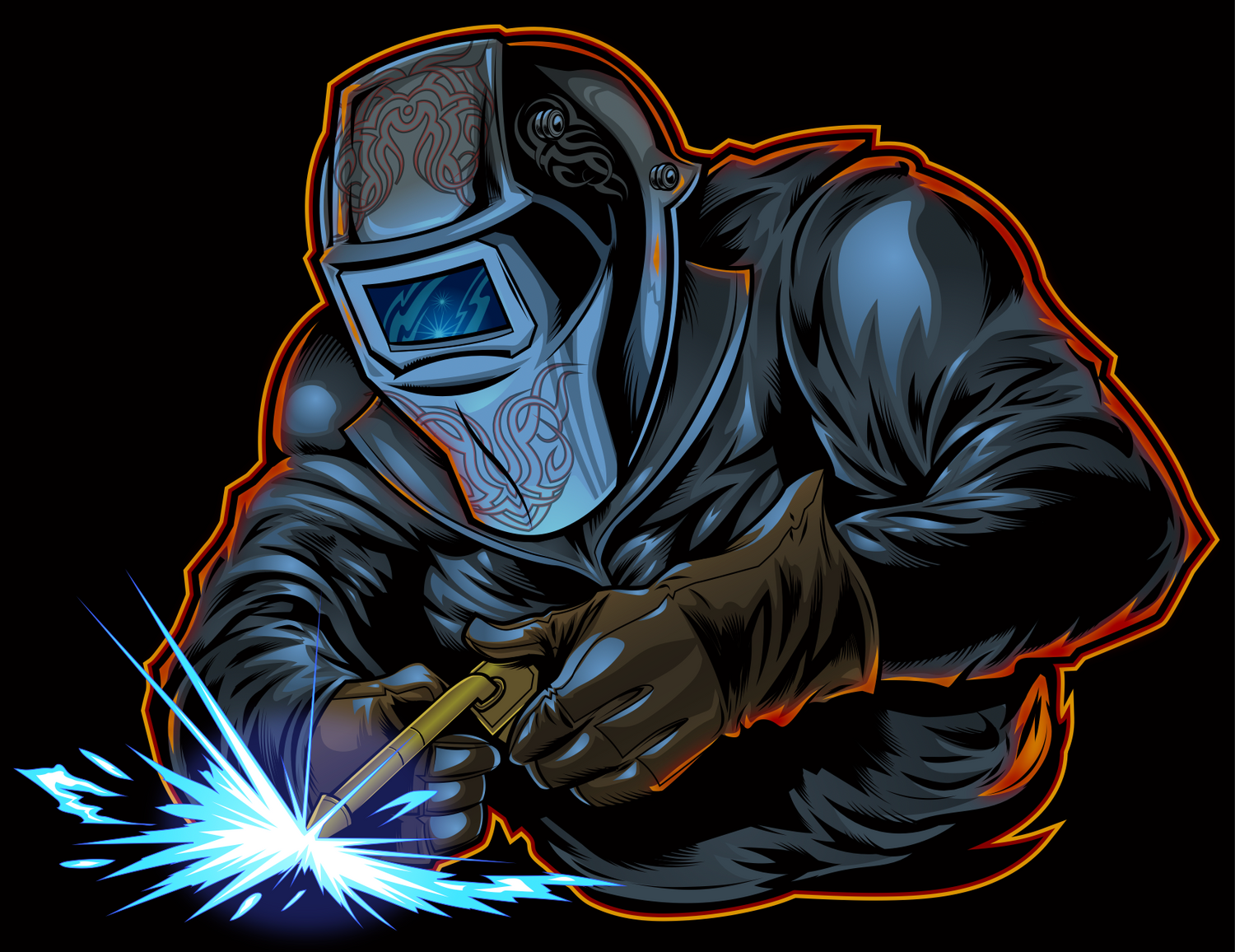
Guillotine Cutting
We are a team of experienced metal fabricators, offering high-quality guillotine cutting services to meet your metal cutting needs. Whether you need to cut sheets of metal for personal or commercial purposes, we are here to help!
Guillotine Cutting
Our guillotine cutting services are designed to provide precise and accurate cuts to meet your specific requirements. We use state-of-the-art equipment and top-quality materials to ensure the best possible results. Our team of metal fabricators is highly trained and certified to perform guillotine cutting on a variety of metals, including steel, aluminium, and stainless steel.
At our metal fabrication shop, we take safety seriously. We follow all necessary safety protocols to ensure that our guillotine cutting services are performed in a safe and secure environment. We use the proper protective equipment, such as safety glasses and gloves, to protect our workers from injury.
We pride ourselves on providing excellent customer service. We work closely with our clients to understand their specific metal cutting needs and provide customised solutions that meet their requirements. We keep our clients informed throughout the cutting process, from the initial consultation to the final product.
If you require guillotine cutting services, look no further than our team of experienced metal fabricators. We offer high-quality cutting services that meet or exceed industry standards. Contact us today to learn more about our services and to receive a free quote.

FAQ's
How do you cut metal with a guillotine?
To cut metal using a guillotine, you can follow these general steps:
1. Safety Precautions: Before you start, ensure you have appropriate safety gear, including safety glasses, gloves, and protective clothing. Additionally, make sure the guillotine is in good working condition and that you are familiar with its operation.
2. Material Preparation: Measure and mark the metal piece you want to cut, ensuring the dimensions are accurate and aligned with your project requirements.
3. Set Up the Guillotine: Position the metal piece on the guillotine's cutting bed. Align the marked cutting line with the guillotine's blade or cutting edge. Adjust any backstop or guides on the guillotine to ensure the metal is properly aligned and supported during the cutting process.
4. Cutting Action: Once the metal piece is securely positioned, engage the guillotine's cutting action. This can be done by operating the guillotine's lever or using any other mechanism specific to your guillotine model. Apply steady and even pressure to the cutting action, ensuring the blade cuts through the metal along the marked line.
5. Complete the Cut: Continue the cutting action until the blade has completely passed through the metal piece. This will result in a clean and precise cut.
6. Inspection: After the cut is complete, carefully remove the cut pieces from the guillotine. Inspect the cut edges to ensure they meet your desired specifications and are free from any defects or deformations.
Remember to always follow the manufacturer's instructions and safety guidelines for your specific guillotine model. Different guillotines may have variations in operation and safety protocols, so it's crucial to be familiar with the equipment you are using. If you are unsure or inexperienced, it is advisable to seek guidance from a qualified professional or receive proper training before attempting metal cutting with a guillotine.
When should a guillotine be used to cut sheet metal?
A guillotine is commonly used to cut sheet metal when precision, speed, and clean cuts are desired. Here are some situations where a guillotine is often preferred for cutting sheet metal:
1. Straight Cuts: Guillotines are especially effective for making straight cuts in sheet metal. If you need to cut long, straight lines or multiple straight cuts in sheet metal, a guillotine provides a convenient and efficient solution.
2. Thin to Medium Thickness: Guillotines are well-suited for cutting thin to medium thickness sheet metal. They can handle various materials, including steel, aluminium, brass, and copper, within a specific thickness range.
3. High Production Rate: Guillotines are known for their ability to make rapid, repetitive cuts. If you have a large volume of sheet metal that needs to be cut quickly and consistently, a guillotine can help improve productivity and efficiency.
4. Precise Cuts: Guillotines offer good control and accuracy, allowing for precise cuts along marked lines. This is especially important for applications where tight tolerances or precise dimensions are required.
5. Clean Cut Edges: Guillotines typically produce clean-cut edges on sheet metal. The sharp blade and controlled cutting action result in minimal distortion, burrs, or rough edges. This can be advantageous when working with sheet metal that requires minimal post-cutting cleanup or further processing.
6. Cost-Effective for Specific Applications: Guillotines are often more cost-effective for specific sheet metal cutting applications compared to other methods like laser cutting or plasma cutting. If the requirements of your project can be met by a guillotine, it can be a cost-efficient choice.
It's important to consider the specific needs and requirements of your sheet metal cutting project. If your project involves complex shapes, intricate designs, or thicker materials, other cutting methods such as laser cutting, plasma cutting, or waterjet cutting may be more suitable. Additionally, always ensure you have the necessary safety precautions and proper training to operate a guillotine safely and effectively.
What is the best angle for a guillotine blade?
The best angle for a guillotine blade, also known as the shear angle, can vary depending on the material being cut and the specific design of the guillotine. However, a commonly used shear angle for guillotine blades is around 1 to 2 degrees.
The shear angle refers to the angle at which the blade meets the material during the cutting process. It affects the cutting force, shearing action, and the quality of the cut. Here are a few considerations regarding the shear angle for a guillotine blade:
1. Material Characteristics: Different materials have varying properties, such as hardness and ductility, which can influence the optimal shear angle. Softer materials may require a lower shear angle to achieve a clean cut, while harder materials may benefit from a slightly higher shear angle to enhance the cutting effectiveness.
2. Blade Material and Sharpness: The choice of blade material and its sharpness can impact the shear angle. Harder and sharper blades can be used at a lower shear angle, resulting in cleaner and more efficient cuts. Softer or dull blades may require a slightly higher shear angle to compensate for reduced cutting performance.
3. Blade Thickness: The thickness of the blade can affect the shear angle. Thinner blades generally allow for lower shear angles, while thicker blades may require a slightly higher shear angle to accommodate their structural integrity and prevent blade deformation.
It's important to note that the optimal shear angle can also be influenced by the specific design and construction of the guillotine machine. Manufacturers typically provide guidelines or recommendations regarding the appropriate shear angle for their equipment.
To determine the best shear angle for a guillotine blade, it's advisable to consult the manufacturer's specifications or seek guidance from experienced professionals in the field of sheet metal cutting. They can provide specific recommendations based on the materials and requirements of your cutting applications, ensuring optimal cutting performance and quality.
Can you cut flat bar in a guillotine?
Yes, a guillotine can be used to cut flat bar or flat stock. Guillotines are versatile cutting machines that can handle a variety of materials, including flat bar. Flat bar refers to metal bars that have a flat and rectangular cross-section.
To cut flat bar using a guillotine, you would follow a similar process as cutting sheet metal. Here are the general steps:
1. Safety Precautions: Ensure you have the appropriate safety gear, including safety glasses, gloves, and protective clothing. Familiarise yourself with the specific safety guidelines for your guillotine.
2. Material Preparation: Measure and mark the flat bar to the desired length or dimensions.
3. Set Up the Guillotine: Position the flat bar on the guillotine's cutting bed. Align the marked cutting line with the guillotine's blade or cutting edge. Adjust any backstop or guides on the guillotine to ensure the flat bar is properly aligned and supported during the cutting process.
4. Cutting Action: Engage the guillotine's cutting action, applying steady and even pressure to the cutting mechanism. The blade will cut through the flat bar along the marked line.
5. Complete the Cut: Continue the cutting action until the blade has fully passed through the flat bar. This will result in a clean and precise cut.
6. Inspection: Carefully remove the cut pieces from the guillotine. Inspect the cut edges to ensure they meet your desired specifications and are free from any defects or deformations.
It's important to note that the cutting capacity of a guillotine may vary depending on its size and design. Ensure that the guillotine you are using is capable of cutting the specific thickness and width of flat bar you are working with.
Always follow the manufacturer's guidelines and safety instructions for your particular guillotine model. If you are unsure or inexperienced, seek guidance from a qualified professional or receive proper training before attempting to cut flat bar or any other materials using a guillotine.

Contact us
For all enquiries from small to bespoke, please fill out the contact form below or feel free to give us a call.
We look forward to hearing from you.
